- What is art deco? Art deco definition
- Art Deco Movement Overview

- November 22, '19
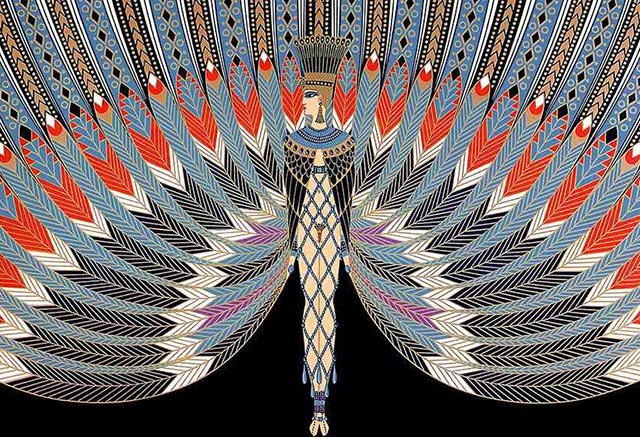

by Alina Livneva
November 22, '19What is art deco? Art deco definition
Art Deco, referred to as Deco, is a style of visual arts, architecture, and design that first appeared in France just before 1920. Art Deco-influenced the design of post-war buildings, furniture, movie theatres, trains, jewelry, fashion, cars, and objects such as radios and vacuum cleaners.
The name is an abbreviation from Arts Decorative, from the International Exhibition of Modern Decorative and Industrial Arts. It combined luxurious materials, modern styles, and fine craftsmanship. Deco represents glamour, exuberance, luxury, and faith in technological and social progress.
The Art Deco style
The Art Deco style, adopted by architects and designers around the world, spanned the "Roaring Twenties", the Great Depression of the early 1930s, and the years leading up to the Second World War.
Art Deco climbed out of yearning, a competitive desire to eliminate the past. The movement embraced the future in all its human-made, machine-driven glory. The aesthetic movement appeared and fell in the period between the two World Wars and played an outsize role in shaping the West's contemporary imagination, especially within France and the USA.
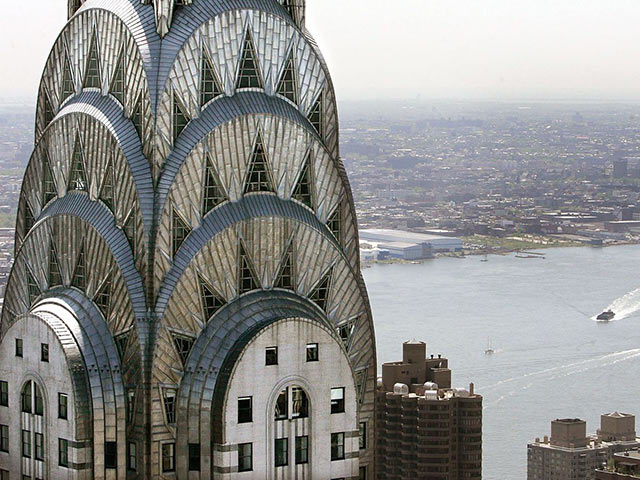
A Gatsby style hedonism descended on prosperous post-war America; new technologies made automobiles, radios, and refrigerators accessible to the ordinary person; and customer tastes for decoration and luxury skyrocketed. Because of this, the design evolved to reflect and improve this powerful sense of advancement.
The slick, compact designs of Art Deco contrasted with Art Nouveau, the dominant end of the century style. Art Nouveau got inspired by the natural world: Patches vines, flower petals, and undulating waves characterized sensual paintings by Alphonse Mucha, in addition to fantastic architectural designs by Antoni Gaudí.
While Art Nouveau celebrated natural shapes, Art Deco lionized clean lines and geometric patterns. Art Deco grew from a desire in France to reestablish the nation as a top-tier manufacturer of decorative arts. The institution of this Société des Artistes Décorateurs around the turn of this century increased the esteem for art objects. The definition of art started to expand beyond painting and sculpture and into domains such as glasswork and jewelry, with founders of the latter coming to be considered musicians, instead of artisans.
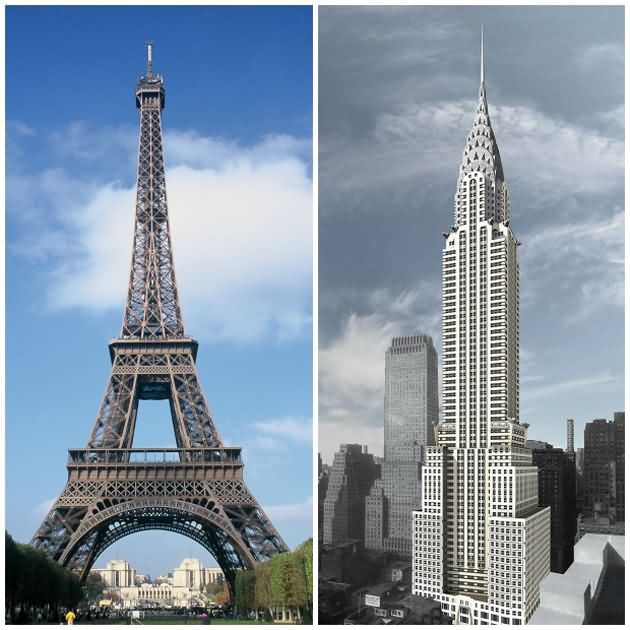
The motion also evolved in step with avant-garde art movements as well as other aspects of culture. The prevalence of exotic, oriental themes --spurred on by the discovery of King Tut's tomb in 1922 and epitomized by ballets such as Scheherazade. Theater and dance, especially the Ballet Russes, influenced characters across areas. Artists like Sonia Delaunay and Léon Bakst, for example, designed costumes and sets for the ballet, and the elaborate productions featured in sculptures and paintings. The intermingling of art, design, performance, and style played a massive part in shaping the development of Art Deco. The sole requirement was that all work needed to be modern. Widely visited, the exhibit established the movement on the world stage and prompted the official name of "Art Deco" (a shortened version of "Decorative Arts").
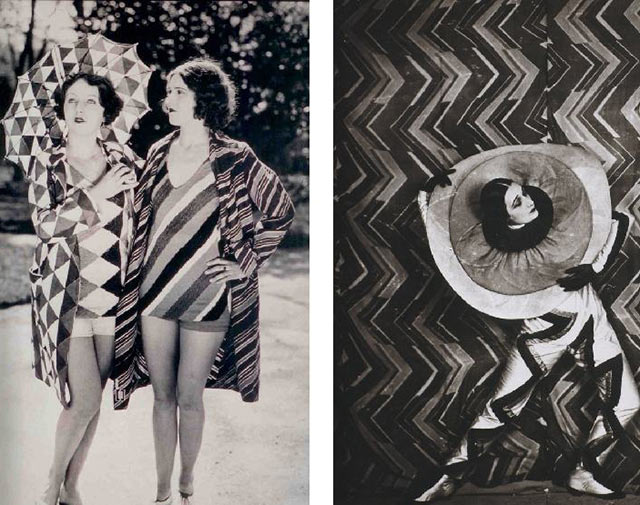
From the 1930s, the glamorous fashion started to wane, getting more austere as the Great Depression shifted popular flavor toward less extravagant, ostentatious forms.
The Art Deco Architecture
The Art Deco remedy was frequently applied to public buildings such as banks or theaters, but the skyscraper goes furthest in embodying the design, which attained international recognition. New York's Chrysler Building might be the best example. It held the world's tallest building title for a proud 11 weeks before the Empire State Building eclipsed it. Triangles emanate from the curved tiers decorating the top of the Chrysler Building; the structure looks like the sun radiating toward a summit, invoking the man-over-nature power captured by the gravity-defying skyscraper.
Renewed interest in Art Decorative has more recently prompted various restoration projects, most notably in movie theaters. Discussing pictures were a wildly popular new medium in the 1920s, and film stars became public obsessions.
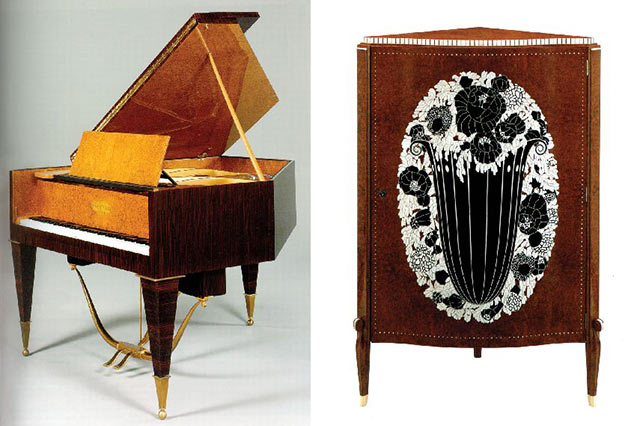
The Art Deco Interior Design
To match the modern extravagance of Art Deco architecture, the grandeur of the interiors had to match. In this period, interior designers became celebrities in their own right. The furniture designer Émile-Jacques Ruhlmann was famous for artfully shaped end tables and angular chairs. His collection of interior design sketches, printed as the compendium Harmonies: Intérieurs de Ruhlmann, offers mesmerizing glimpses to the perfect Art Deco home. Bright colors and luxe materials qualify the rounded tables and large mirrors in 1 entryway, while his bedroom layouts provide patterned walls and large, sculptural seats. Maurice Dufrêne was just another sought-after furniture designer famous for his elaborate interiors of boutiques and salons.
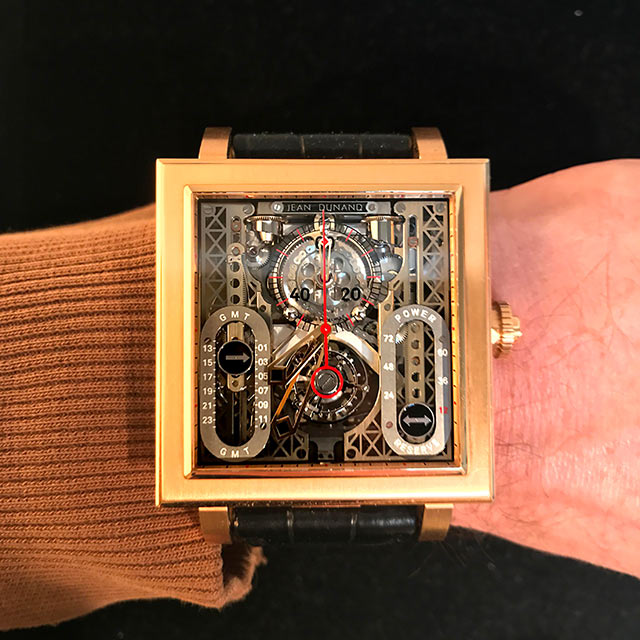
Another peer, Jean Dunand, made a reputation for his lacquer furniture, made with publication Japanese methods. This decorative also extended to practical design items like car decorations, tea sets, and jewelry. Everyday objects were often made from new materials that reflected the desire for cutting-edge technologies. A popular design for the newly available home radio, for example, was a stylized object made from Bakelite, a newly developed type of plastic.
René Jules Lalique is the world's most famous glass art designer. His legacy is still strong today, and the art collectors favor his pieces. Born in Paris in 1860, Lalique became the most praised Art Nouveau jewelry designer working for the leading French companies like Cartier and Boucheron. In the 1920s, René Lalique transited from Art Nouveau toward natural, free-flowing forms and adopted the tendencies of the Art Deco style. His pieces became more streamlined.
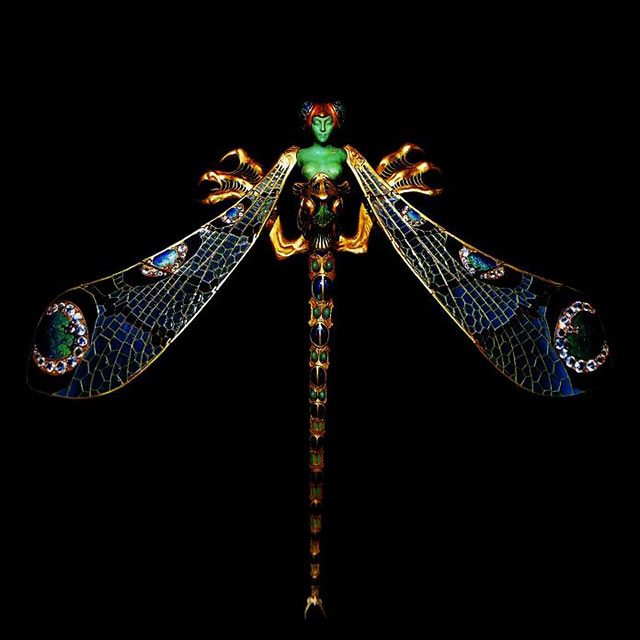
He began experimenting with new materials from enamel to metal. However, glassworks remained his favorite, so they gained new prismatic qualities. In the Deco period, he dominated the glass market and jewelry, and his success is often attributed to his method of glass casting, which allowed him to create the same design multiples. Some of his monumental works in Deco style, except perfume bottles, and car ornaments, pieces of jewelry, are the walls of lighted glass and columns for Normandie ocean liner, and his glass fountain made for the first Deco exposition. Many artists did not restrict themselves to a single medium but worked across areas. Along with sleek vases and perfume bottles, Lalique crafted hood ornaments (also known as "mascots") for automobiles along with technology becoming more widely available in this time--that are miniature sculptures all unto their own.
Art Deco as Fine Art
Reinventing everyday objects like tea services and silverware indicates the degree to which Art Deco's professionals imagined the range of modernity into everyday life. Museums helped canonize these items as fine art: In 1923, the Metropolitan Museum of Art at New York established its first modern layout gallery, filling it with Art Deco pieces by the likes of Ruhlmann and Lalique. Women's choice of apparel reflected their struggle for civil liberties and increasing independence.
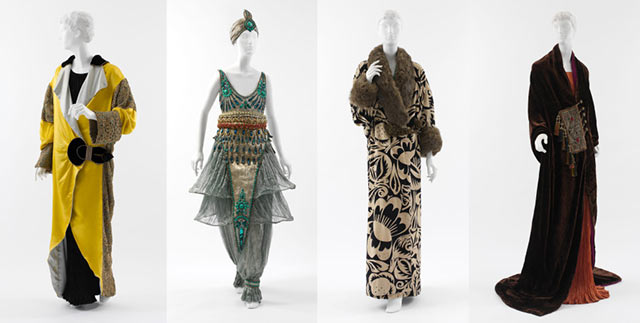
Glamour and liberation, therefore, overtook heritage and constraint. The designer Paul Poiret, notably, revolutionized women's fashion and is credited with the "passing of the corset," paving the way for its fearless flapper style. Paul designed dresses that relied on sensuously draped fabrics as opposed to fussy, tailored fashions.
Charles Jeanneret-Gris, better known as Le Corbusier, became inseparable from the Deco context over the years. The first use of the term Deco is often attributed to him, though the term officially entered the art history in the sixties. Initially, in 1925, at the inaugural of Art Deco exhibition, Le Corbusier's exhibit stood in opposition to the exorbitant decorative concept typical for the new style. An idol in the history of architecture, Charles favored standardized housing, purist aesthetics, strict and rational designs. Closer to the Bauhaus ideas, Jeanneret-Gris's architectural works were anti-decorative and hostile towards the luxurious, expensive, and exotic materials promoted by Art Deco artists. However, due to Art Deco's close relation to modernist aesthetics and Le Corbusier's early works as a decorator, his name became essential in any talk about the history of Art Deco style.
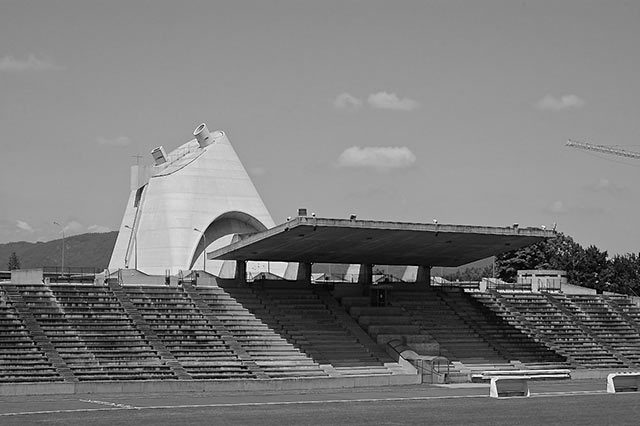
The Father of Art Deco
Erté - the Russian-born fashion designer was the most lavish Deco stylist. Born in Petersburg in 1892, he became the most influential fashion designer and illustrator in Paris in the 1920s. Erté became recognized for his highly stylized and sophisticated fashion illustrations. For two decades, between 1915 and 1937, his works were on the covers of Harper's Bazaar and appearing in other leading fashion magazines like Vogue and Cosmopolitan. He was the "Father of Art Deco" because of his lavish designs, including flowing lines, draped cloth, and sparkling geometric ornamentation that celebrated everything contemporary. Erté went on to outfit everyone, both in films and on the red carpet. Other illustrators such as Paul Colin and Georges Lepape were also instrumental in shaping the age of fashion styles. Colin's images of dancing girls and Lepape's slender, brightly colored girls in straight-cut skirts have stuck in the imagination as Art Deco.
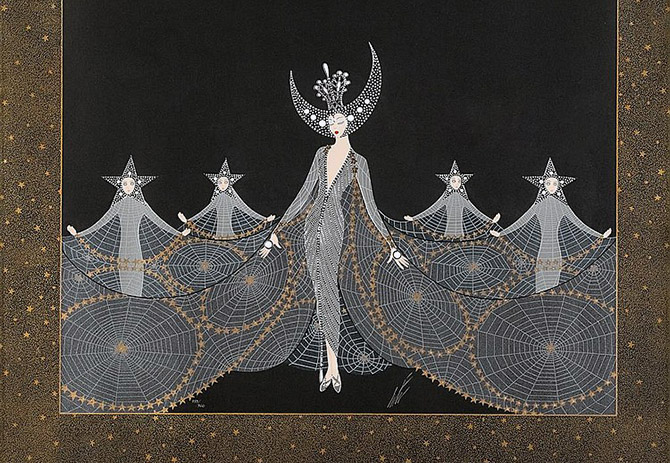
Lepape first entered the art world, working as an illustrator for Paul Poiret. Later on, he became one of the most famous magazine illustrators. Until the mid 30's he was the illustrator at Vogue magazine. Lepape's art is characterized by his curvilinear style, witty portraits, and elegance that dominated his prints, catalogs, and posters illustrations. Throughout his work, just like many other Deco artists, Georges was influenced by Persian miniatures, Orientalism, and the famous Ballet Russes theater aesthetics. Representative of his style are his images depicting thin female figures wearing turbans. The best qualities of his subjects are their self-confident, carefree attitudes, and independent looks. After 1938, Lepape mostly produced book illustrations abandoning the world of fashion.

Art Deco's ideals of technology and advancement
Rendered in style inspired by Cubists and penetrated with a feeling of motion, the trendy socialites in Lempicka's paintings--curls bouncing, dresses flying--ooze power and sexuality. Often gazing straight at the viewer, her topics have agency (scenes seldom include guys ) and appear to emphasize the notion of the modern woman. The Self-Portrait in the Green Bugatti (1929), in particular, embodies Art Deco's ideals of technology and advancement: The energy of the automobile--and the publication independence of a woman driving it--is topped off by the subject's cold and unapologetic stare. The angular lines on the vehicle, the hard gloss of this alloy, and Lempicka's flying drapery all underscore the picture as a brand new, a creation of the 20th century.
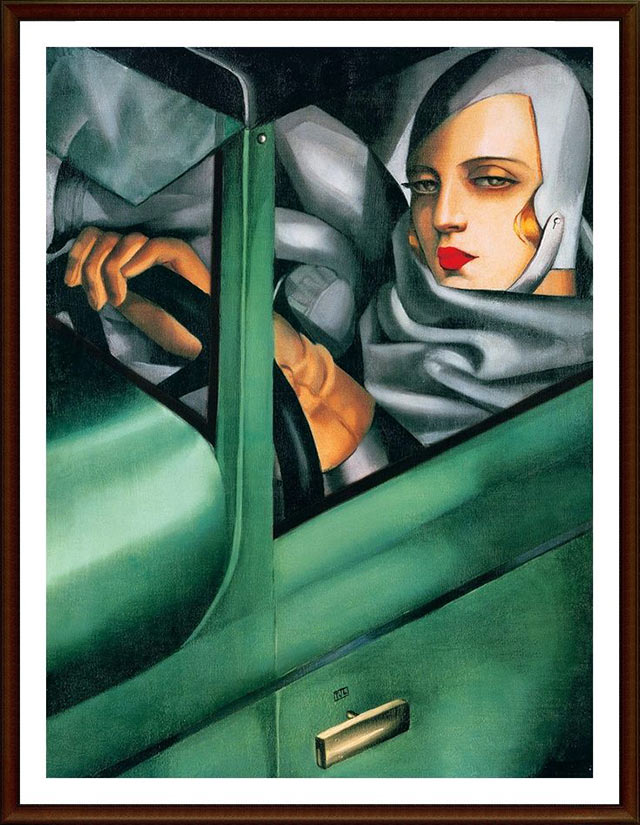
Rivière's La Comète (1925) by Maurice Guiraud, for instance, evokes the pace and excitement of the moment using a compact female form who slices through the air as her hair flows above her, conjuring a sword or an airplane wing. More massive sculptures by artists such as Paul Manship and Emile-Antoine Bourdelle livened up public spaces, especially the plazas of notable Art Deco buildings. Sculptors had a preference for reinterpreting classical mythological themes based on the body. Lee Lawrie and Rene Chambellan's Atlas, situated in front of New York's Rockefeller Center, is among the most visible examples. Like the vast majority of all Art Deco sculptures, Atlas is made from bronze.
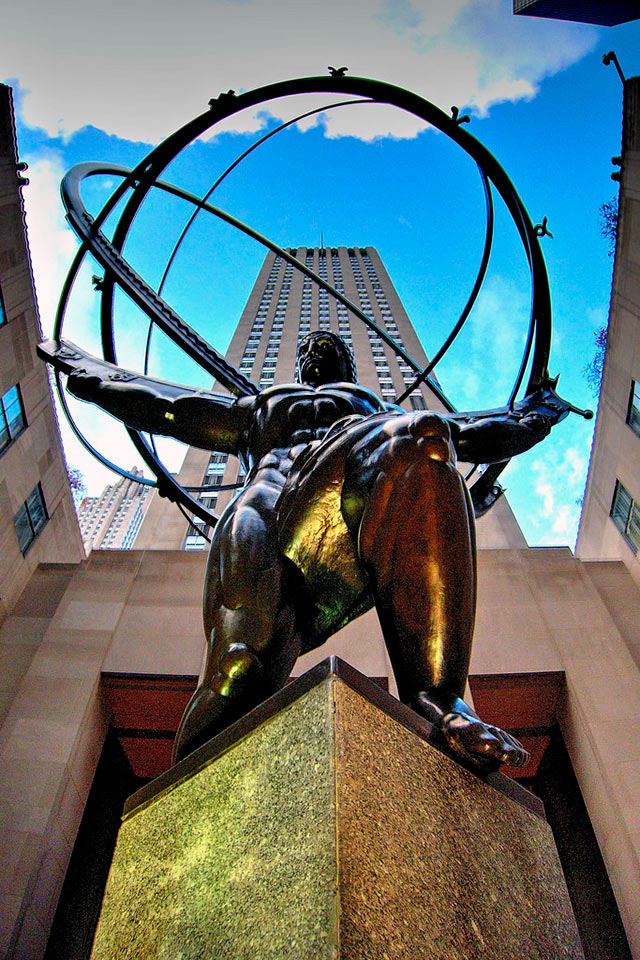
Art Deco is among the most lasting styles to come from the past 100 years; it has integrated into our daily lives that we often do not notice it whatsoever. Institutions like New York Radio City Music Hall or the Palais de Tokyo in Paris have become Art Deco icons. However, smaller, more everyday things--from fonts into salt and pepper shakers into movie theaters--are usually shaped by this contemporary style's high hopes for the future.

